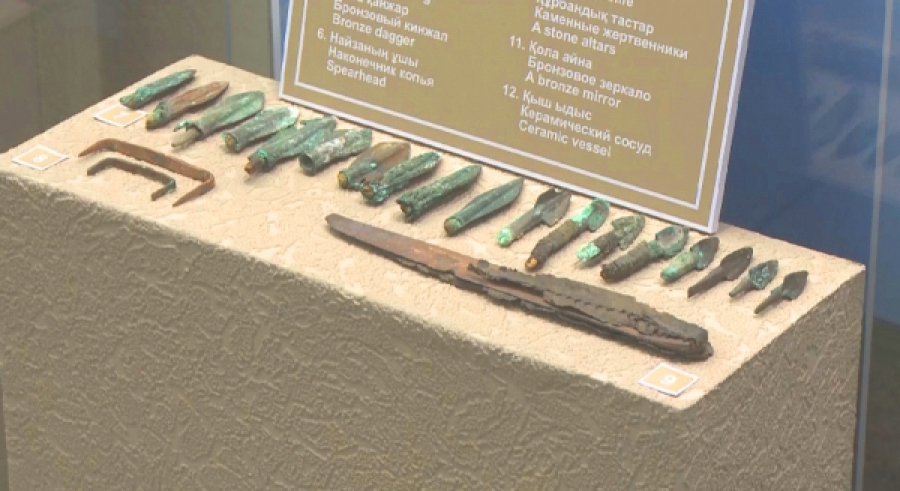
The Golden Horde is the cradle of Kazakh statehood, because the last of the existing heirs of the Ulus of Joshy was the Kazakh Khanate. The National Museum of Kazakhstan has opened a hall dedicated to the formation, prosperity and more than two-centuries-old history of the Ulug Ulus. It displays ethnic, genetic, anthropological, cultural, dynastic, folk and geographic evidence. Among them are copies of official documents of Kazakh rulers, their correspondence found in foreign archives, flag of the Ulug Ulus, as well as valuable artifacts, including a genealogy of Joshy’s descendants. According to historians, most of the lands of the Golden Horde are located on the territory of modern Kazakhstan. 23 Kazakh clans actively supported the Ulus of Joshy. The opening of the new hall in the museum coincides with the 30th anniversary of Kazakhstan’s Independence.
“We are the historical heirs of the Golden Horde – the Ulus of Joshy. This is a common history. The capital of the Ulus of Joshy was in Ulytau, Saraishyk. Look, here is a chronicle of the state’s development. It has information on the Crimean and Kazan Tatars, the Nogais. This hall is still to be replenished. There is a lot of painstaking work ahead,” noted Berik Abdygaliuly, Member of Mazhilis, the Lower House of Kazakh Parliament.
“What is the Ulus of Joshy? This is a post-imperial state uniting and encompassing a significant part of Russia, the northern Caucasus and southern part of eastern Turkistan. This hall shows main epochal features of that period. The period of the Golden Horde was varied. The main thing is that at the epicenter, it was a feeding landscape for the core of the Kazakh statehood and Kazakh ethnic group,” said an historian Gizat Tabuldin.
Translation by Saniya Sakenova
Editing by Galiya Khassenkhanova









